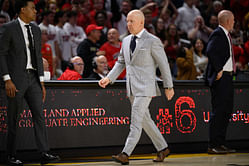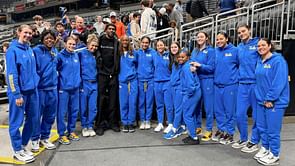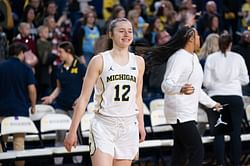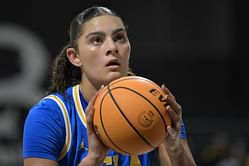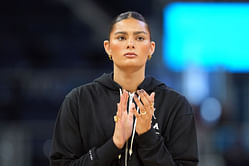
The UCLA Bruins, representing the University of California, Los Angeles, are prominent contenders in NCAA Division I athletics. They compete in the Pac-12 Conference and the Mountain Pacific Sports Federation (MPSF), boasting a total of 121 NCAA team championships, second only to Stanford University. With 11 varsity sports programs for men and 14 for women, UCLA stands as a powerhouse in collegiate sports. In 2024, UCLA is set to join the Big Ten Conference alongside their crosstown rival, USC. Founded in 1927, UCLA has been an integral part of various athletic conferences, showcasing its commitment to excellence in sports over the decades.
UCLA's journey into athletic identity traces back to its inception as the Southern Branch of the University of California in 1919. Initially dubbed the "Cubs" owing to its association with the California Bears in Berkeley, the team transitioned to the moniker "Grizzlies" by 1923. In 1926, UCLA joined the Pacific Coast Conference, where it embraced its enduring identity as the "Bruins," distinguishing itself among its collegiate peers.
During the 1930s, the Bruins began featuring live bears as mascots at home football games, a tradition that waned until the 1950s. "Little Joe Bruin," a Himalayan bear cub, became a beloved fixture on campus until his eventual transfer to a circus. "Josephine," another cherished mascot, found her home in the backyard of the Rally Committee chairman before residing at the San Diego Zoo. These mascots symbolized the Bruins' spirit and resilience, embodying the university's enduring legacy in collegiate athletics.
UCLA Mascot- Joe Bruin
Joe Bruin, a friendly anthropomorphic male brown bear, proudly serves as the official mascot of the University of California, Los Angeles' athletic teams. Alongside him is Josephine "Josie" Bruin, a female brown bear who accompanies Joe at UCLA sporting events and various university activities.
UCLA Mascot History
The earliest known UCLA mascot was a lovable stray dog named Rags, discovered on the campus of the Normal School in the fall of 1917. While various bear-related nicknames were used in the 1920s, UCLA settled on "Bruins" in 1928. The tradition of renting live bears as mascots began in the 1930s, paused, and then resumed in the 1950s. Notably, "Little Joe Bruin" and "Josephine" became beloved symbols of UCLA's spirit and pride.
In 1963, Joe Bruin made his debut as a costumed mascot, followed by Josephine "Josie" Bruin in 1967, marking the first female student to assume the mascot role.
UCLA Mascot Costume and Design
Over the years, the appearance of the costumed bears has evolved. Joe Bruin has undergone at least six redesigns, with a notable update in 1996 that rendered him "brawnier," as described by the Los Angeles Times. The illustrated Bruin has taken on various forms, from a Mickey Mouse style in the 1930s to a "smiley bear" in the 1970s. Joe's attire has ranged from turtleneck sweaters to basketball jerseys, reflecting the spirit of UCLA athletics.
Recognition
Joe Bruin's charm and charisma have earned him recognition as a finalist for the Capital One Bowl National Mascot of the Year team on four occasions: 2005, 2007, 2008, and 2010. This prestigious contest, initiated in 2002, celebrated the vibrancy and impact of college mascots, showcasing Joe Bruin's enduring popularity and appeal.
FAQ's On UCLA the Bruins
A. UCLA competes in the Pac-12 Conference and the Mountain Pacific Sports Federation (MPSF) for NCAA Division I athletics.
A. UCLA boasts a total of 121 NCAA team championships, which is second only to Stanford University.
A. UCLA settled on the nickname "Bruins" in 1928 after using various bear-related nicknames in the 1920s.
A. The earliest known UCLA mascot was a lovable stray dog named Rags, discovered on the campus of the Normal School in the fall of 1917.
A. Joe Bruin has been a finalist for the Capital One Bowl National Mascot of the Year team four times: 2005, 2007, 2008, and 2010.
